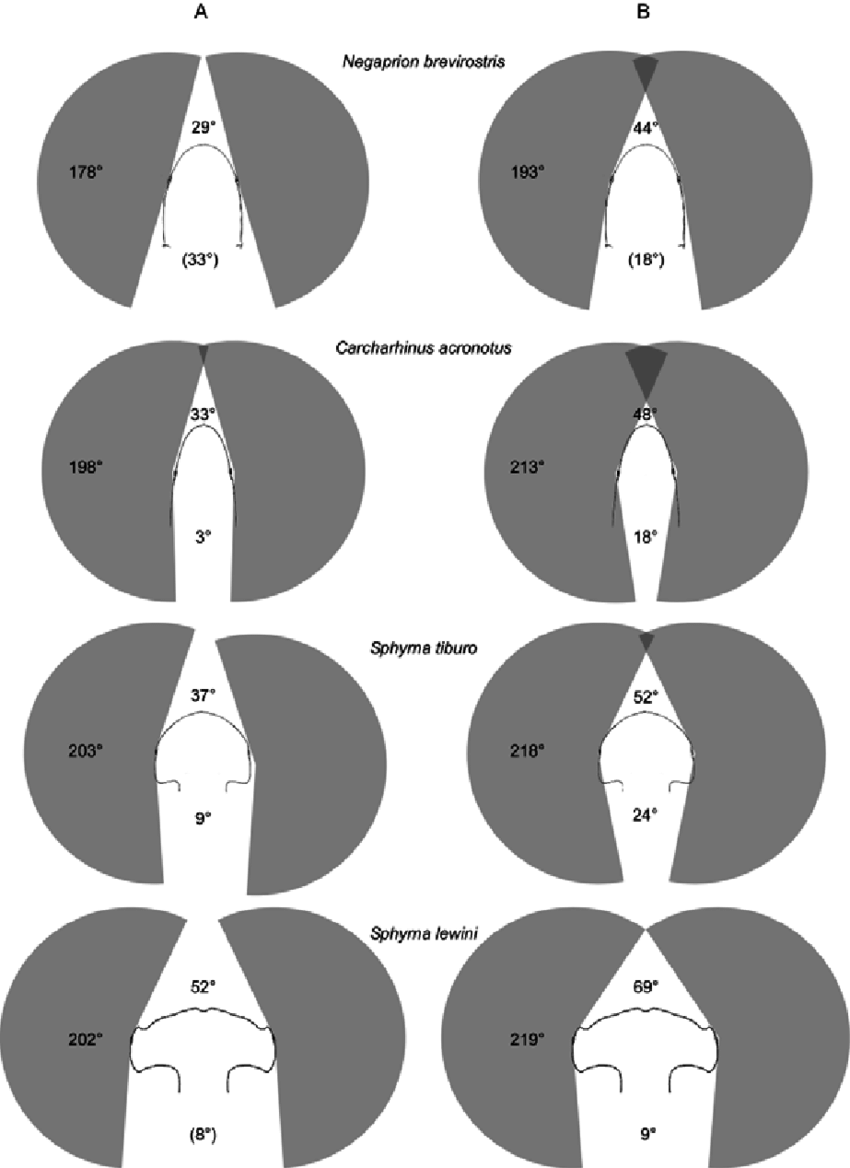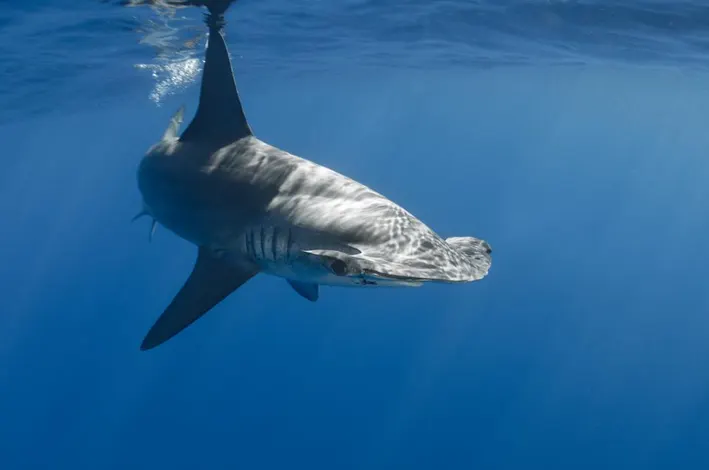Hammerhead sharks are iconic predators, instantly recognizable by their unique cephalofoil (the flattened, T-shaped head). But beyond their striking appearance, these enigmatic creatures harbor many secrets. Get ready to have your mind blown by these 10 lesser-known facts about hammerhead sharks:

Sensory Superpowers: The hammerhead’s wide head is not just for looks. It houses specialized sensory organs called ampullae of Lorenzini, which detect the electrical fields generated by prey hidden in the sand. This gives them a significant advantage when hunting for buried stingrays and other bottom-dwelling creatures.

360° Vision (Almost): The positioning of their eyes on the edges of their cephalofoil gives hammerheads a near-360° field of vision, allowing them to see above, below, and around them simultaneously. However, they have a blind spot directly in front of their snout!

Sunbathing Sharks: Juvenile scalloped hammerheads have been observed intentionally tanning themselves by basking in shallow waters. This behavior is thought to aid in their development and possibly enhance their immune system.

Social Butterflies: While often seen alone, hammerheads are surprisingly social creatures. They gather in large schools during the day, possibly for protection, social interaction, or coordinated hunting.

Virgin Births: In a rare phenomenon known as parthenogenesis, female hammerheads in captivity have been documented giving birth without mating. This asexual reproduction strategy ensures the survival of the species in challenging environments.

Not All Hammers Are Equal: There are nine distinct species of hammerhead sharks, each with unique characteristics and ecological roles. The great hammerhead is the largest, reaching up to 20 feet in length, while the bonnethead is the smallest, averaging around 3 feet.

Head-Banging Hunters: Hammerheads use their cephalofoil as a weapon, pinning stingrays and other prey to the seafloor with their head before delivering a fatal bite. This unique hunting strategy allows them to subdue otherwise dangerous prey.

Deep-Sea Divers: While often associated with coastal waters, some hammerhead species are capable of diving to astonishing depths. Scalloped hammerheads have been recorded diving over 2,600 feet in search of food.

Ancient Lineage: Hammerhead sharks have a long evolutionary history, with their ancestors first appearing over 20 million years ago. Their unique head shape is believed to have evolved to enhance their sensory capabilities and hunting prowess

Mysterious Migrations: Many hammerhead species undertake long-distance migrations, the reasons for which remain largely unknown. These journeys may be related to feeding patterns, breeding cycles, or other environmental factors.